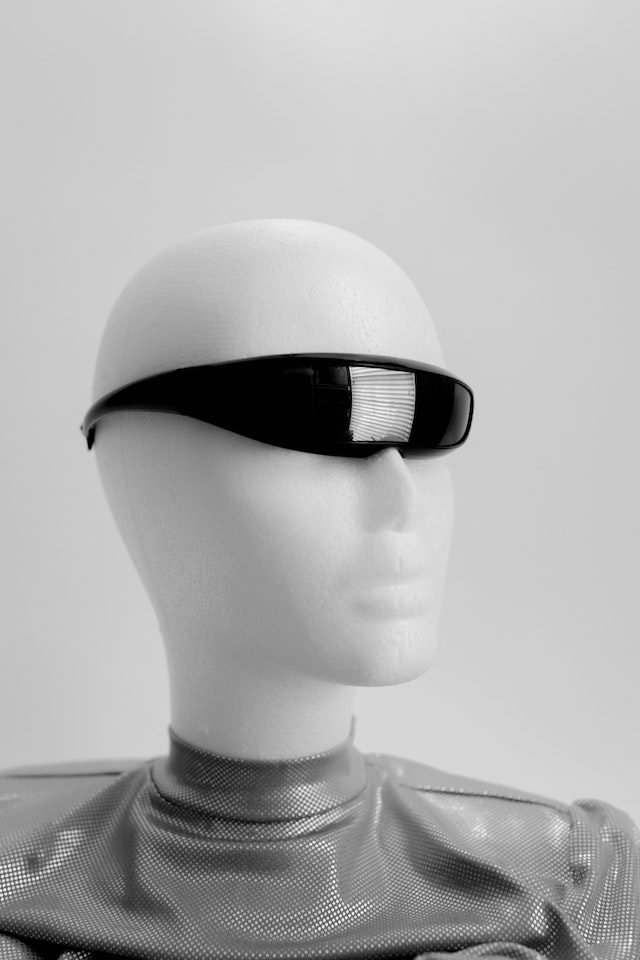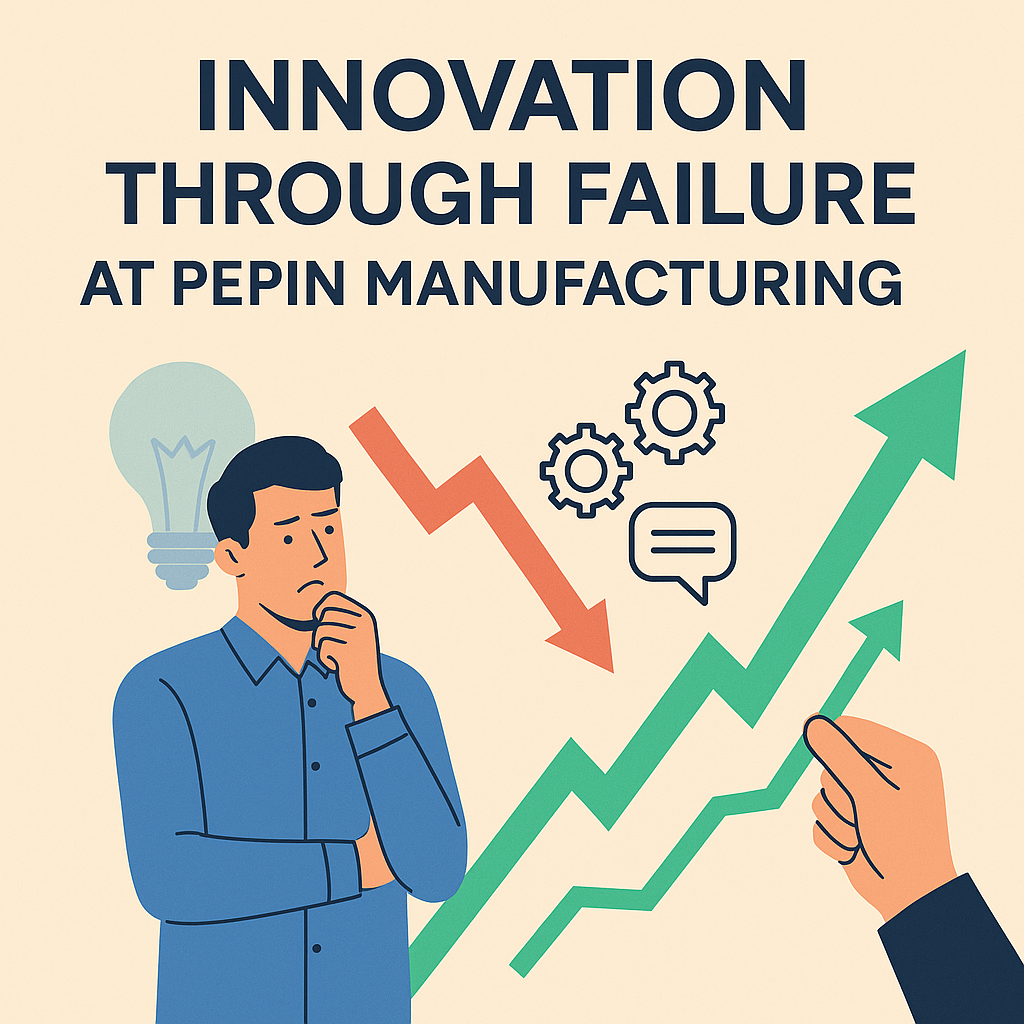Last Updated on May 26, 2025 by Nasir Hanif
Look around and observe where society is progressing and what the future is potentially looking like. Moving forward, we are looking towards a more sustainable, impactful, and inclusive ecosystem.
Artificial intelligence has finally kicked in and is defining the stage right now.
The concept of AI is not old. From dystopian media to the early-stage internet, artificial intelligence has been around and has progressed alongside us. Machine learning is popular enough and more prominent than ever before. AI has continued to develop and is more intrusive than ever before now.
If you look at the figures, the artificial intelligence market is currently growing at a compound annual growth rate (CAGR) of 38.1% till atleast 2030. In the next few years, more than 100 million people are predicted to work in the market – actively contributing to it.
In this article, we will take a closer look at different technologies and see how big of an influence AI has had so far, and what the future looks like. Let’s start.
Table of Contents
AI Will Impact Everything We Know
To better clarify it and let you understand the scale we are talking about, AI has already set its move and is an integral part of most technologies. Every industry relies on the use of artificial intelligence to successfully complete its operations – whatever the extent.
In the past decade – with the rise in demand for data collection and companies actively signing up to get personalized insights on consumers – AI picked pace and opened a gateway for them. When data scientists started collaborating with leading businesses and provided vital details, their abilities proved to be the most in-demand skill.
Healthcare
During the pandemic, we saw how fragile the healthcare industry can be, but with active changes and the inclusion of telemedicine services – healthcare is much more advanced now. In a world where rapid results matter, diagnosis can easily be traced accurately through AI-enabled medical devices now.
Artificial intelligence solution companies for healthcare opened a roadmap where through IoT – the patient could be monitored in a much more effective way without any discomfort.
Plus, there is an emphasis on the patient experience now, their data is analyzed from a holistic perspective. From getting to talk to a doctor on a video call from the comfort of your home to even a virtual nurse who can potentially look over patients 24/7.
Transport
Mobility and technology have blended in quite well in the past decade and with the emergence of apps like
Uber and Lyft – we saw a societal and technological change.
Right now, both apps are heavily dependent on artificial intelligence to keep a track of different cars and passengers – ultimately creating the perfect experience for both users and minimizing obstacles along the way.
Plus, as cities are moving towards accessible places, creating a better experience for pedestrians is prioritized. Even traffic lights are configured to identify vehicles and pedestrians – in the long run, preventing any kind of accidents from occurring. A well-enough AI development companytakes safety hazards in mind as well while developing AI frameworks.
Media
The media production process is quite smoother and elaborative now with the incorporation of AI techniques into their game plan. Journalism has always been defined by how quickly data is chunked through into a presentable content form.
The concept became clear when leading media companies like The New York Times and Bloomberg started implementing AI practices to get a better understanding of the audience subscribed to their newsletter and were leading towards producing content quickly with the help of different artificial intelligence journalism tools.
There are better stories out there now, covered in much greater detail. And more in volume too. It’s a win-win situation. Journalism still stays true to what it is. But with AI tools acting as a helping hand, everything is streamlined and minor obstacles no longer exist.
Education
The classroom is no longer confined to one room anymore. During COVID-19, we saw how accessible education can get through technology.
Through AI-integrated interactive exercises and an overall immersive experience – kids were able to reflect more and learn at a faster pace while retaining attention for longer periods.
Similarly, from the teacher’s perspective, the inclusion of different helping tech pieces can make the teaching experience both fun and worthwhile. Pearson has believed so and AI is an essential part of the school now. When a student’s homework gets scanned through a phone or tablet – it is either directly graded or is sent to the archive folder of the teacher’s library. It’s all digital.
Customer Services
Whenever you contact a retail store or a restaurant, how often have you seen an actual human being respond to a message on text? Most of the time, it is a chatbot. And recent surveys tell us that over 69% of consumers prefer a chatbox over a person because of the simplicity and the clear and quick responses.
The criticism we used to see surrounding AI in customer services is how inhuman the chatbot sounds and how it does not go beyond context and is only programmed in a certain way.
We agree that this was true but times have changed. AI understands consumer behavior from a holistic perspective now. If a marketer contacts an android app development agency to create an android app that helps them figure out buyer personas, it is the perfect solution. They can gain insights from different consumer patterns to strategize accordingly.
The Future: Workplaces and AI
If we look at the bigger picture and how workplaces are predicted to evolve over the years – artificial intelligence will possibly eliminate all kinds of biases that we commonly see during the recruitment process. From personal prejudices to any kind of discriminatory behavior, the chance of error is erased completely.
But on the downside, when it comes to the production process, a lot of jobs will get automated and the discourse between actual labor and AI-based machines will gain more traction. Rough predictions tell us that jobs defined by routined labor and mundanity are at the most risk. With companies like Amazon already completely relying on AI-based machinery in their warehouses, the future seems defined. Engage in time-saving AI courses for all. Explore application-oriented courses, available both online and on-site, to understand how technologies like ChatGPT are revolutionizing the world. Learn how to effectively integrate artificial intelligence into your professional endeavors, classroom activities, lectures, and daily routines.
Conclusion
Now – when we look at development in artificial intelligence and how custom software development company is rapidly evolving – it is important to take initiatives and be ahead of the curve. We’re talking about incorporating artificial intelligence into your own product upscaling further.
Read More: AI applications and their importance in building a sustainable business



























